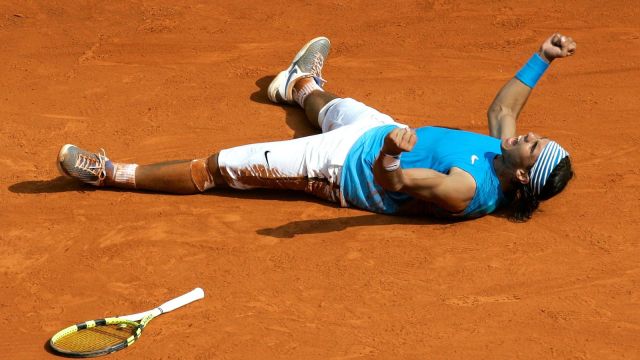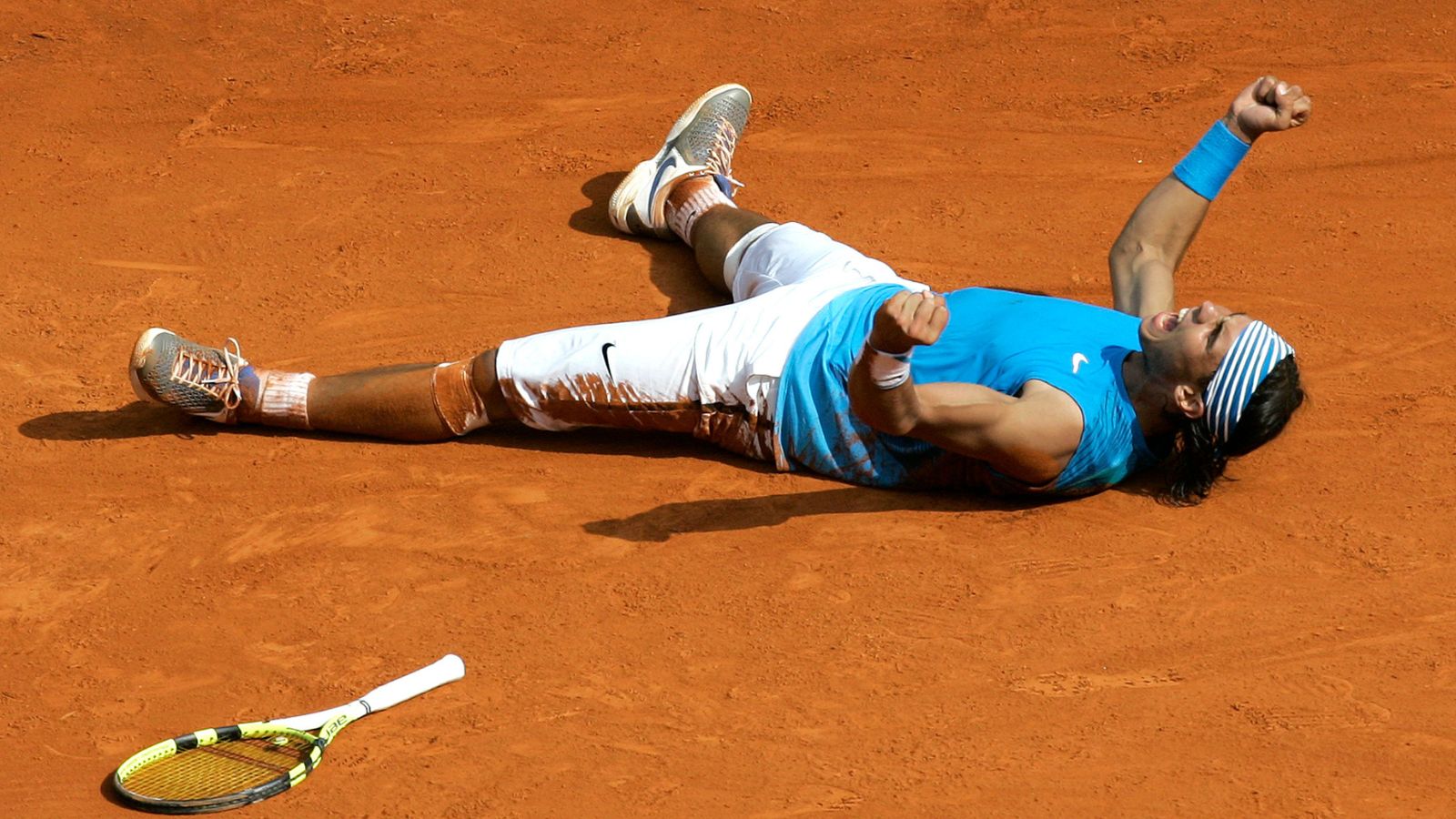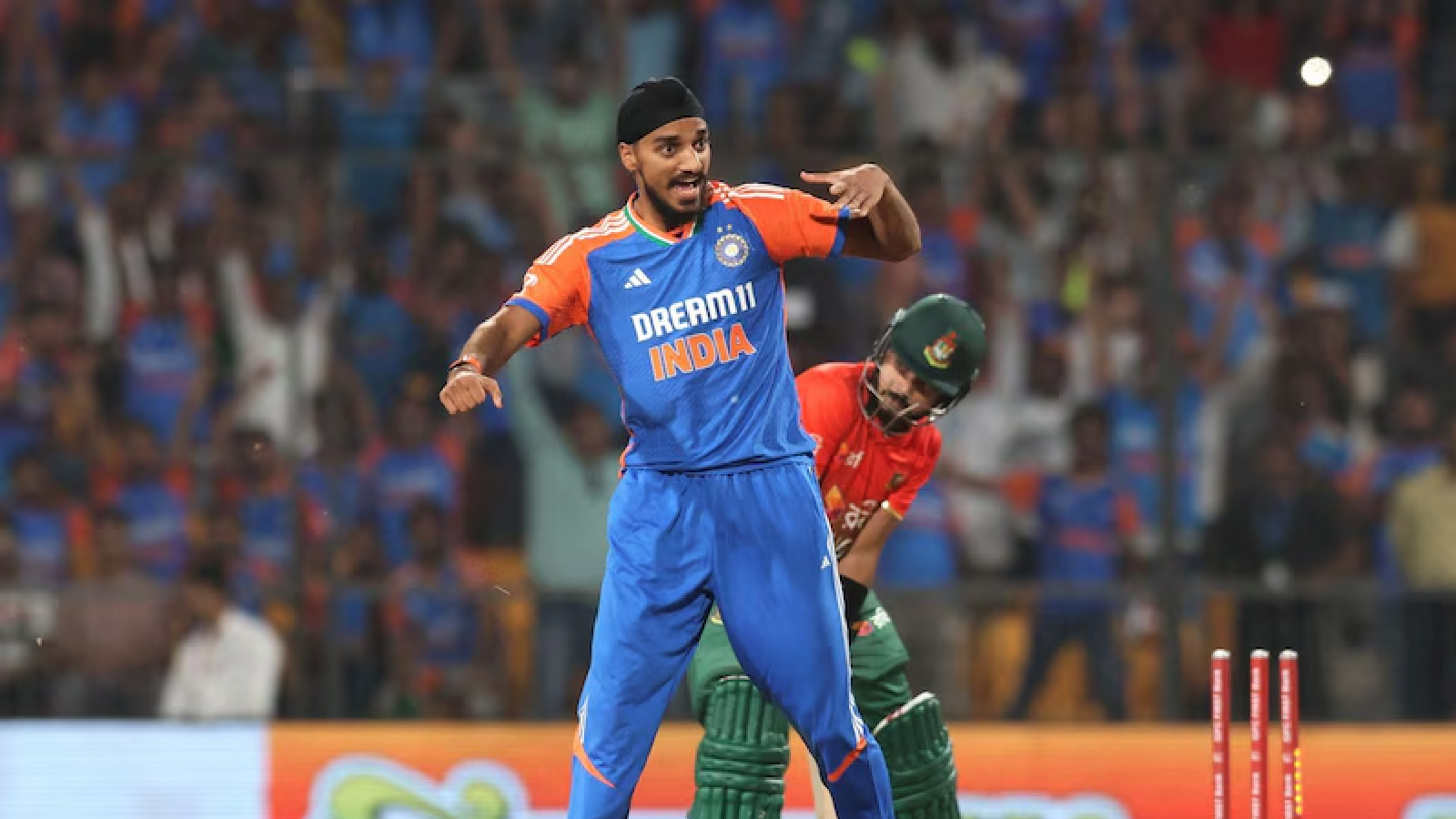
It is hard to argue that there has been a greater sporting achievement to come out of tennis – in terms of size, longevity, or fame – than Rafael Nadal’s French Open record on the clay courts at Paris.
14 Roland Garros titles, a win-loss record of 112-4 (96.55%) and a statue that now patrols those courts. The list of achievements, as astounding as they may be, only tells a small part of the story of how Nadal changed perceptions of playing on the red stuff. He added glamour and a heightened sense of history every time he participated on the surface that had long been dismissed as the working-class athlete’s version of the finesse-fuelled, largely aristocratic game played on the grass courts at tennis’s holy grail of Wimbledon.
However, as Nadal announced on Thursday that he is set to retire from professional tennis after the Davis Cup finals next month—following two years of awkward toil to return to the elite stages again—the urge to pigeonhole the Spaniard’s legacy as merely the greatest clay courter ever would be a disservice to one of the few universally acknowledged sporting greats to emerge from the game.
In Open Era men’s tennis history, only five players have won more than 8 Grand Slam titles, the number that Nadal won outside of clay. Novak Djokovic, and Novak Djokovic alone, is the only player who has matched, and surpassed, Nadal for all-court greatness. The two of them have won at least two titles at each of the four Majors (Djokovic has won three).
QUICK COMMENT: Rafael Nadal must go down as an all-court great, not just a clay king
✍️ @namitkumar_17 https://t.co/OqO4fGYjub
— Express Sports (@IExpressSports) October 10, 2024
His two greatest match wins — the rain-curtailed five-set triumph to dethrone Roger Federer at Wimbledon in 2008 (dubbed by some as the greatest tennis match ever), and the come-from-behind victory to win the Australian Open shortly after injury comeback in 2022 — both away from clay.
He also did so in the toughest era to win Majors, sandwiched between the contrasting styles of two of the greatest players, both of whom count him as their greatest rival.
It was the genius of Federer that allowed him to arrive in the middle of the era dominated by power baseliners and carve out a nearly unplayable all-court offensive style. Nadal, with his athleticism and unique shotmaking, found the antidote from within the power baseline game itself. When the younger Djokovic arrived onto the scene, Nadal found the smarts to improve from his one-dimensional game to prove to be his equal.
The part he played in the tri-valry, the manner in which he fought to the last point to create some of the most epic matches and wins, and the perceptions he changed about tennis, must all be counted alongside his clay greatness when charting his true legacy.
© The Indian Express Pvt Ltd
First uploaded on: 10-10-2024 at 16:51 IST
I’m Manas Ranjan Sahoo: Founder of “Webtirety Software”. I’m a Full-time Software Professional and an aspiring entrepreneur, dedicated to growing this platform as large as possible. I love to Write Blogs on Software, Mobile applications, Web Technology, eCommerce, SEO, and about My experience with Life.






